
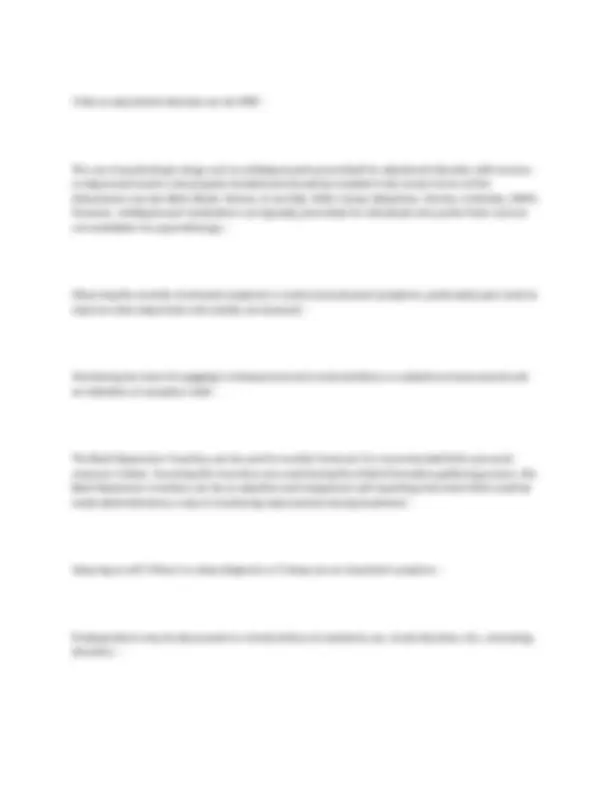
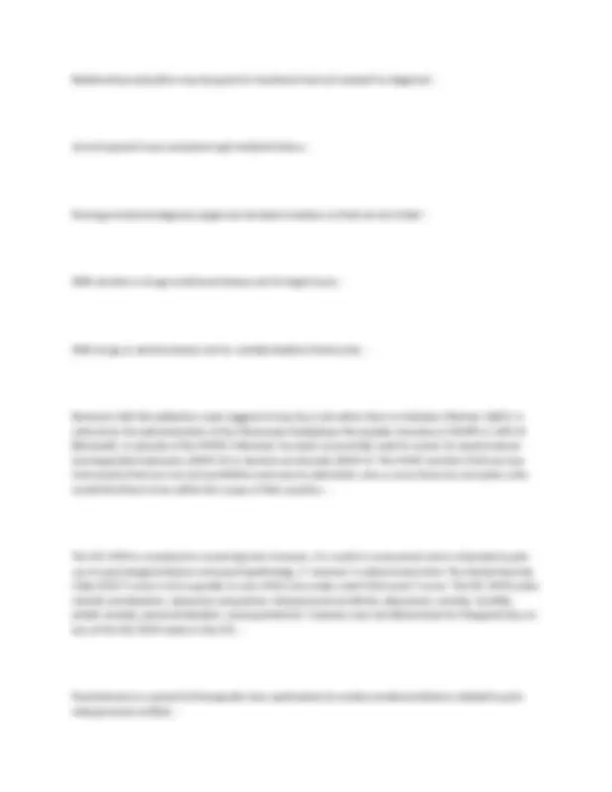
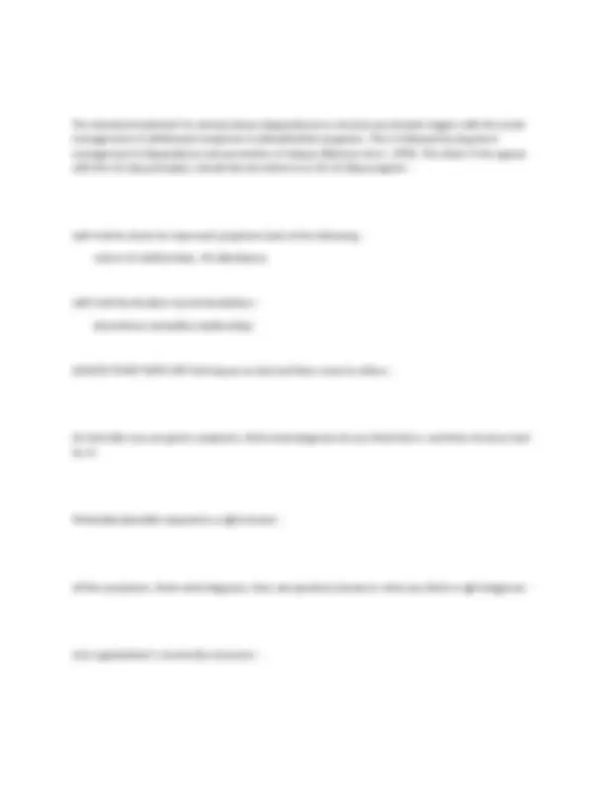
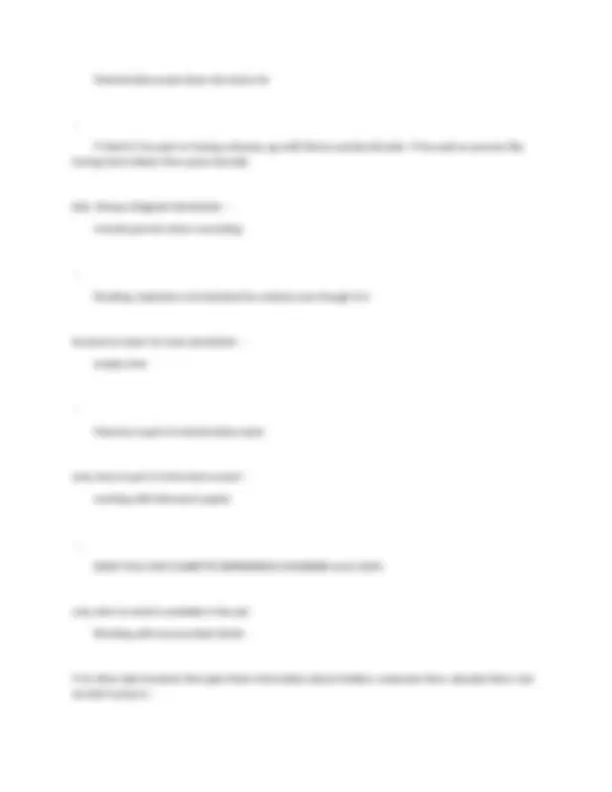
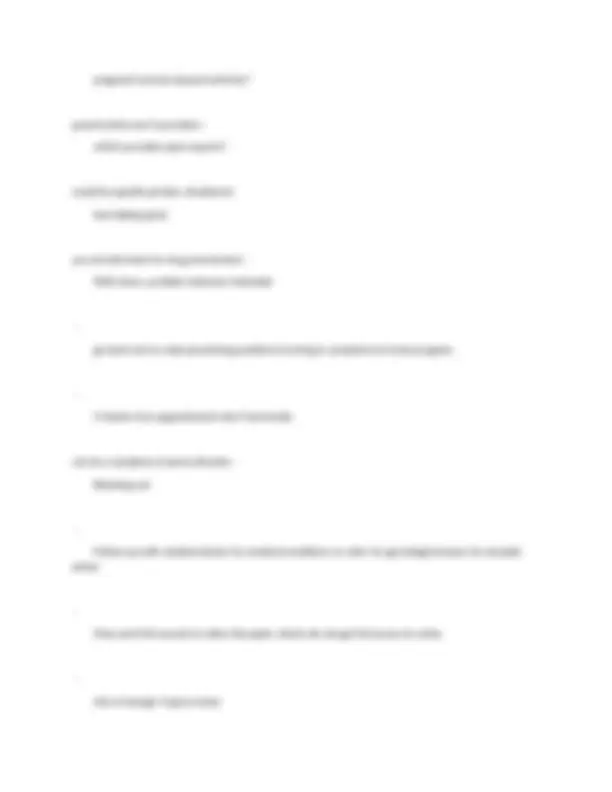
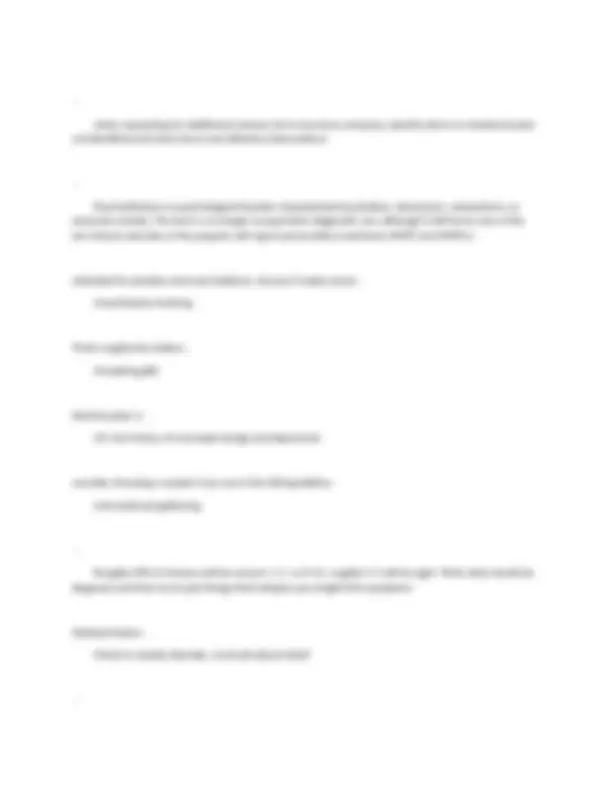
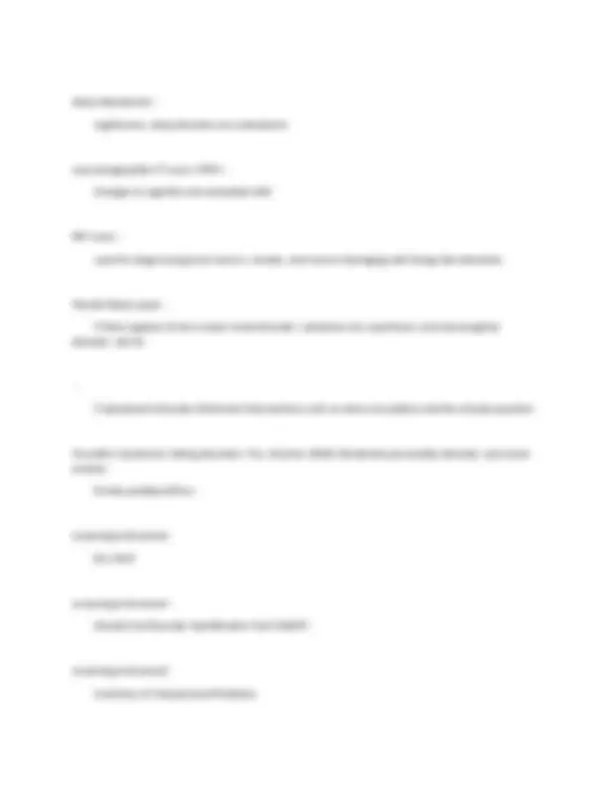

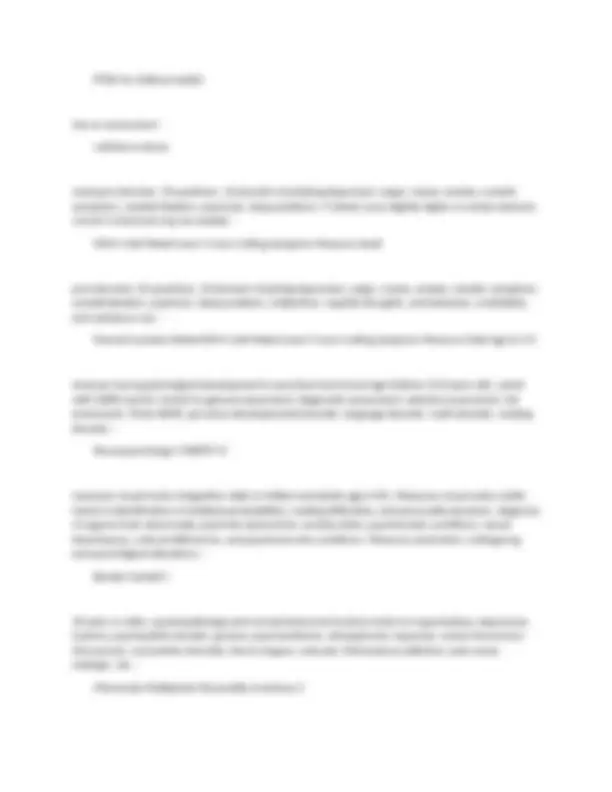
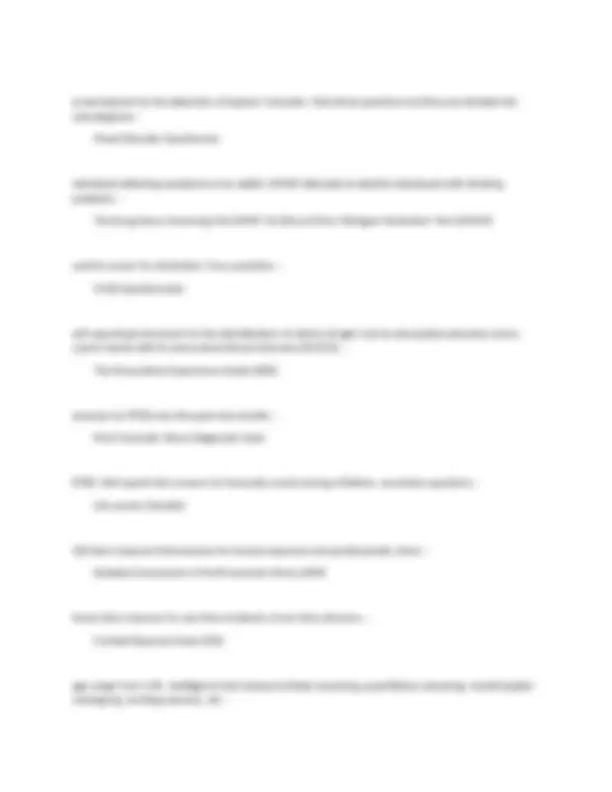
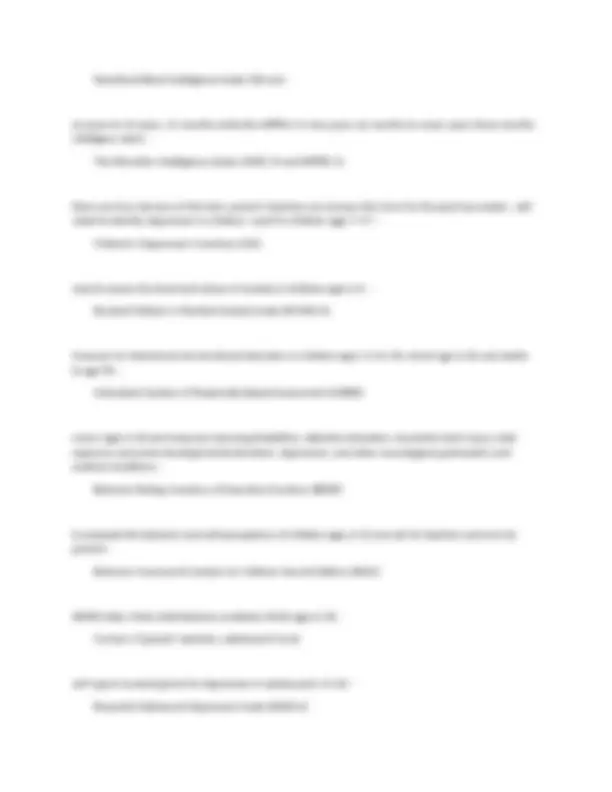
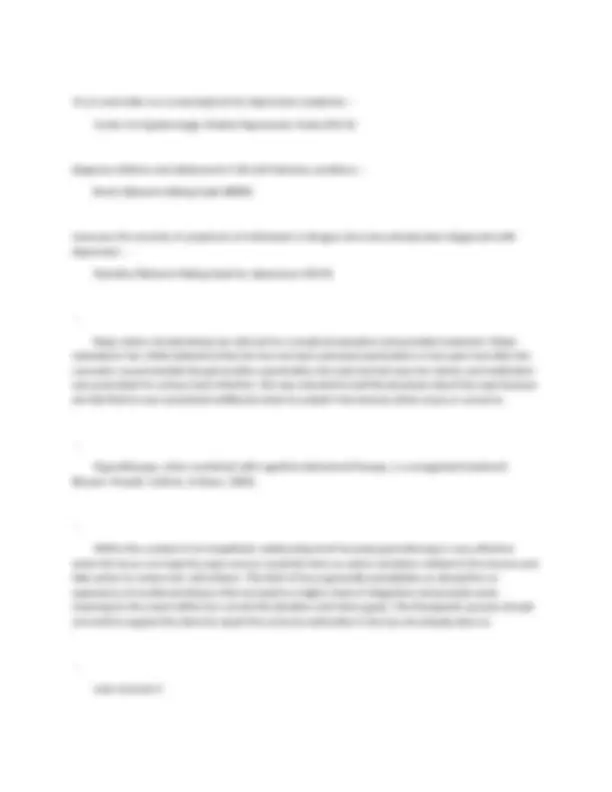
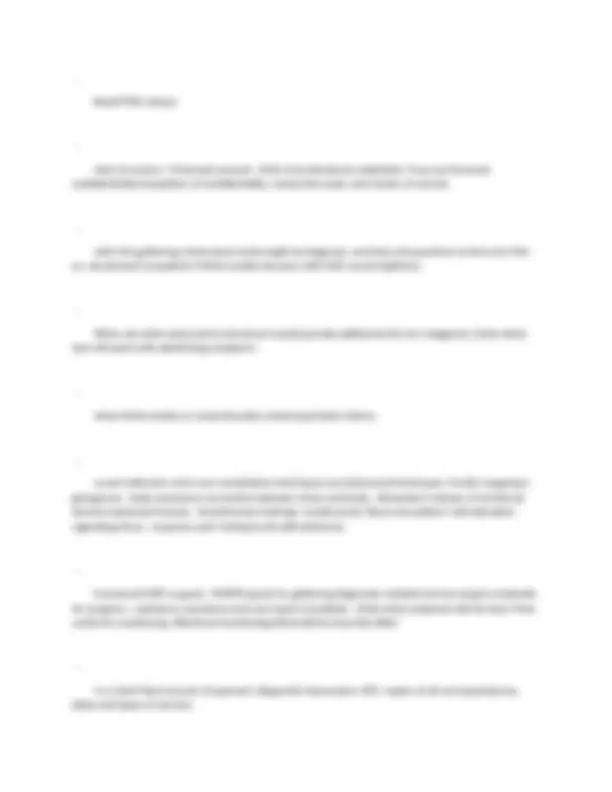
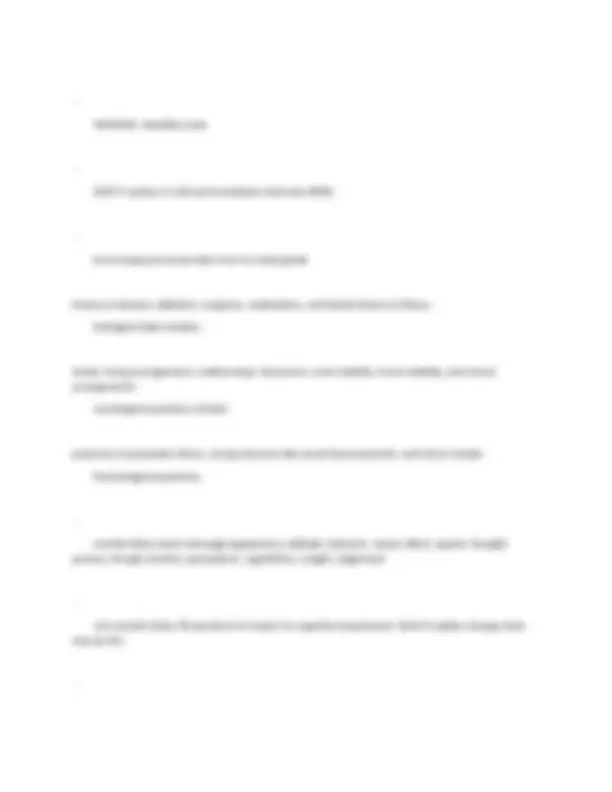
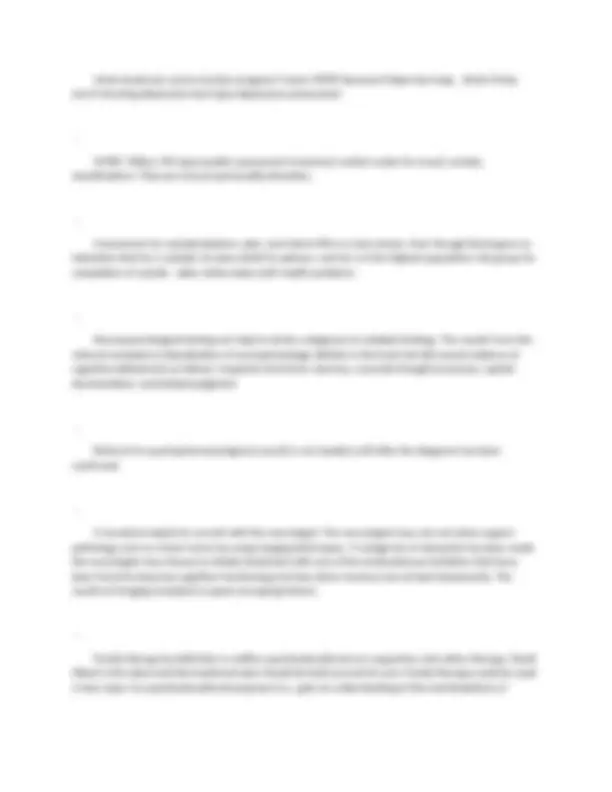
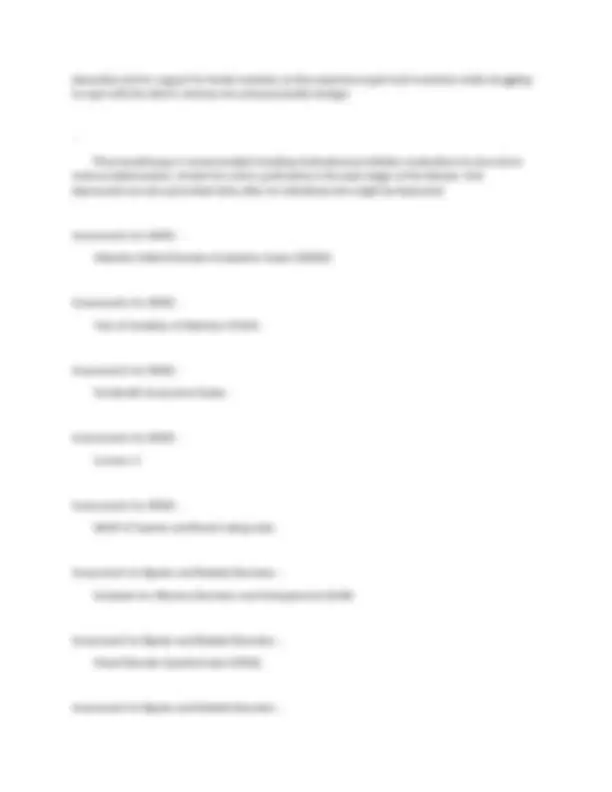



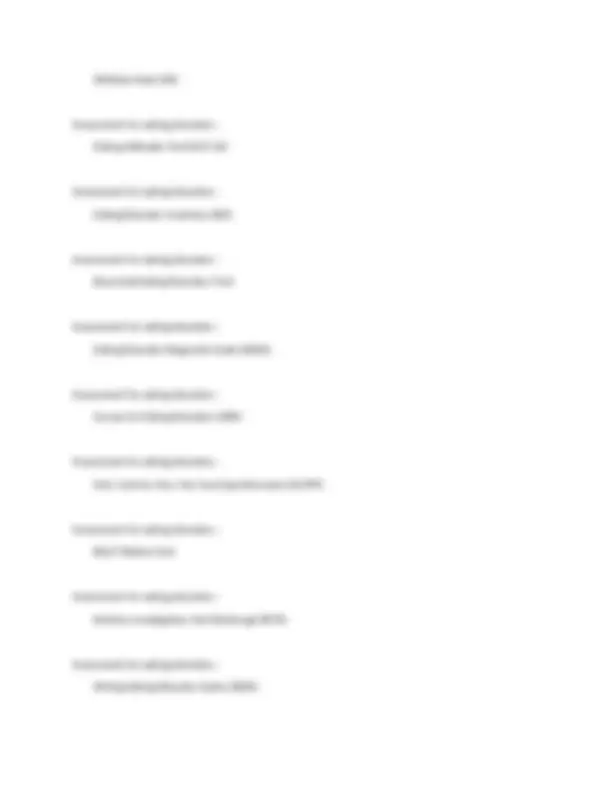
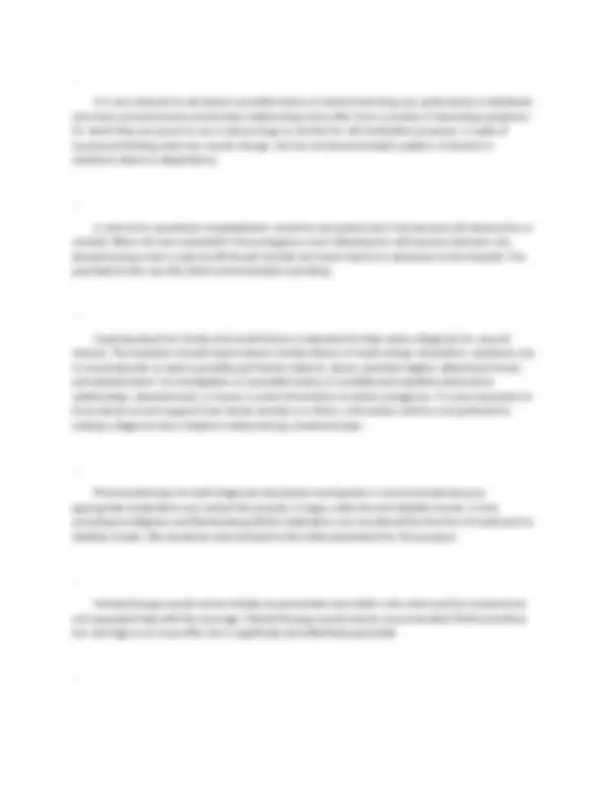
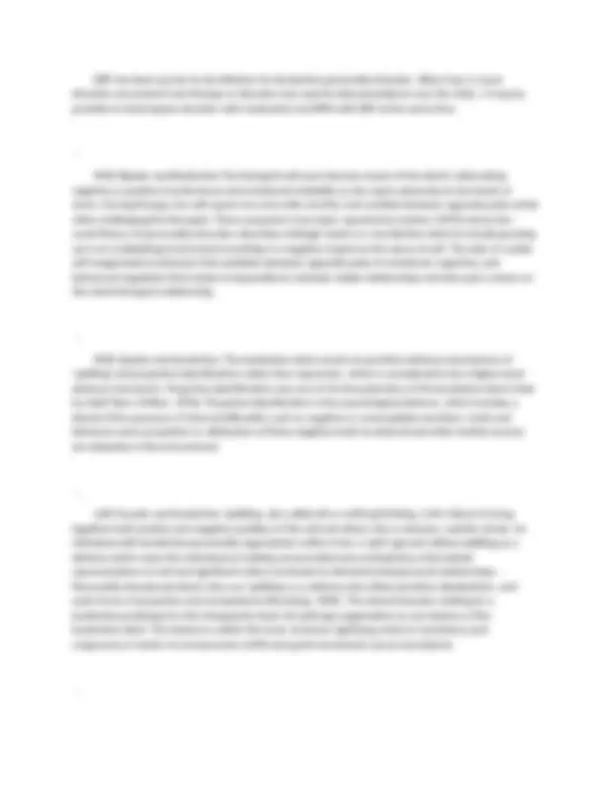
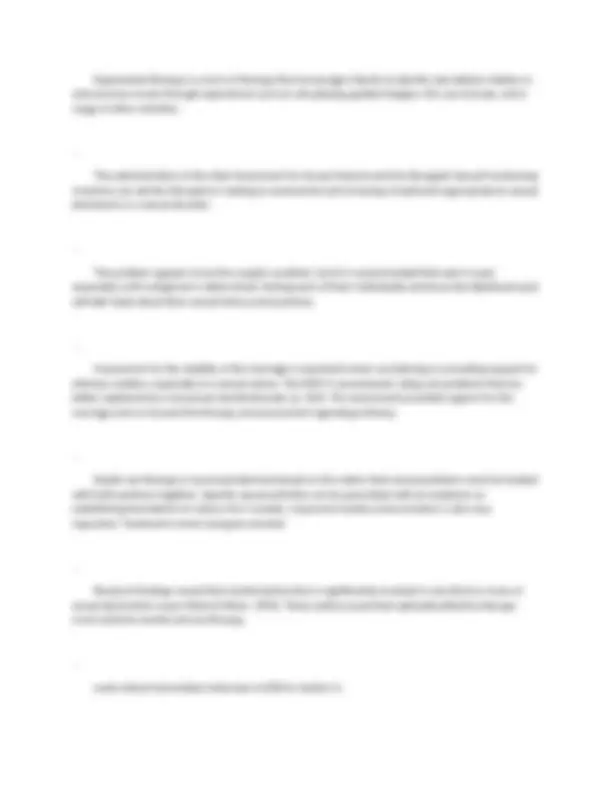
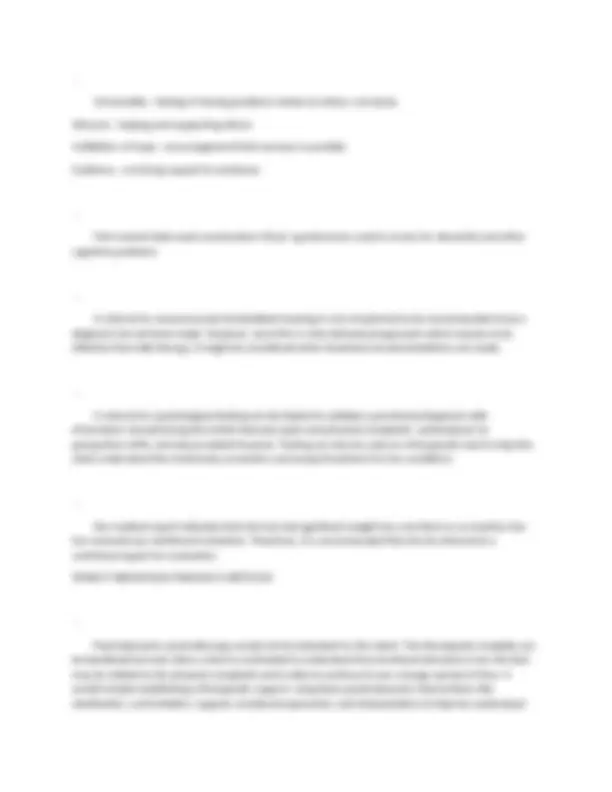
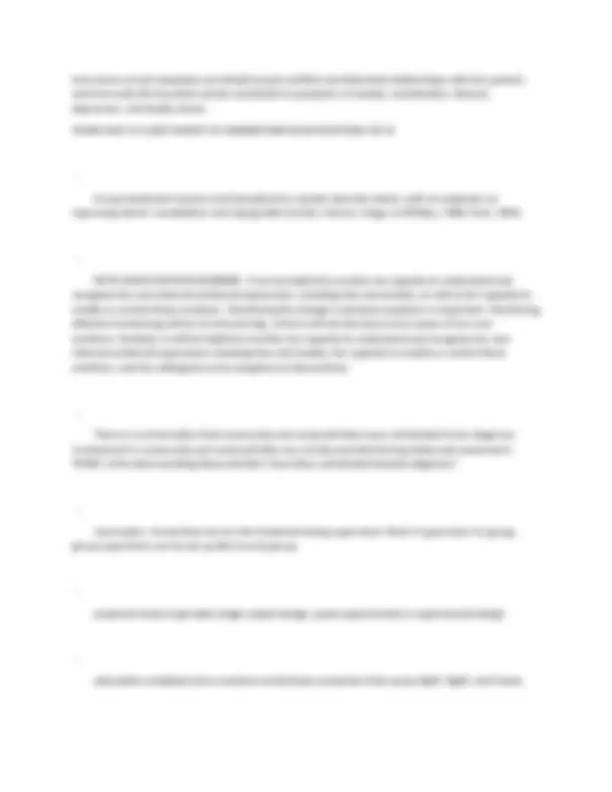
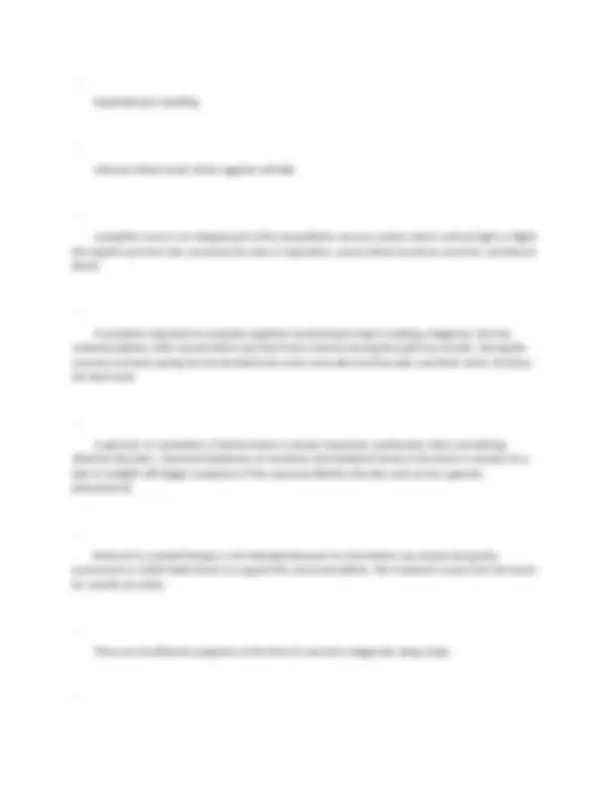
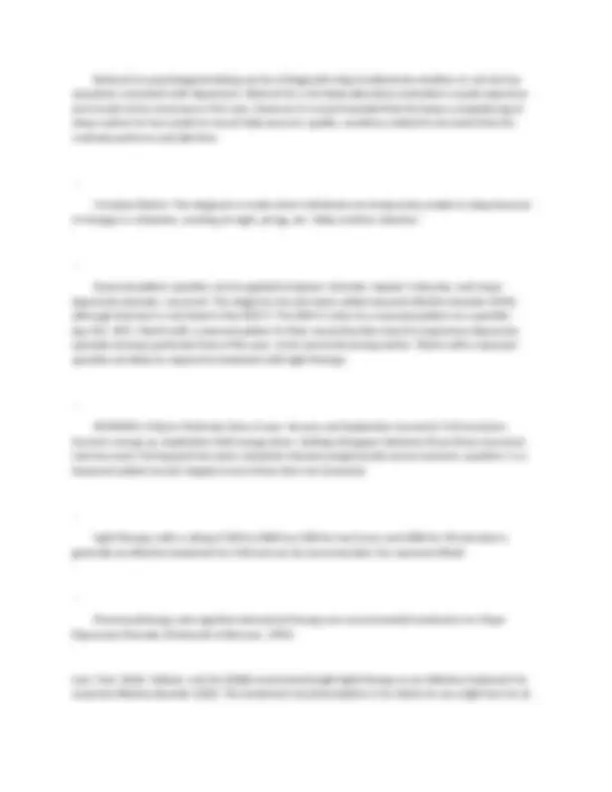
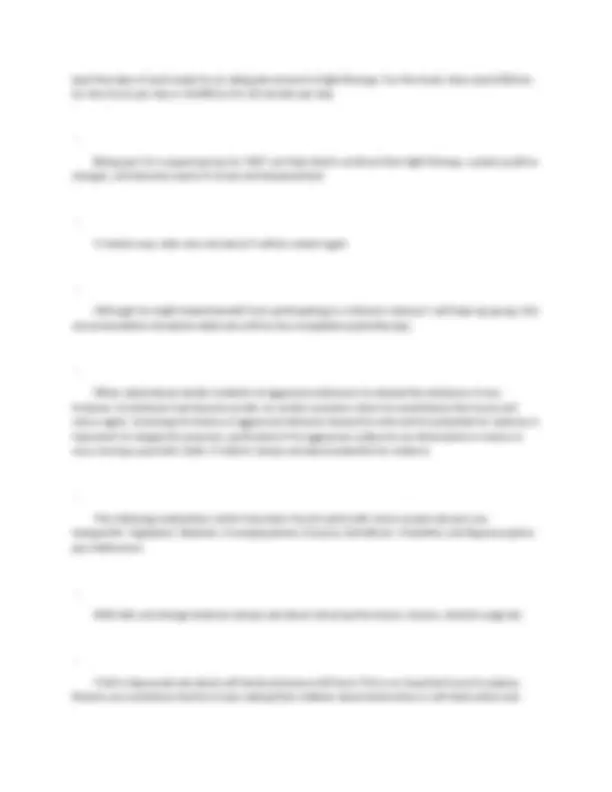
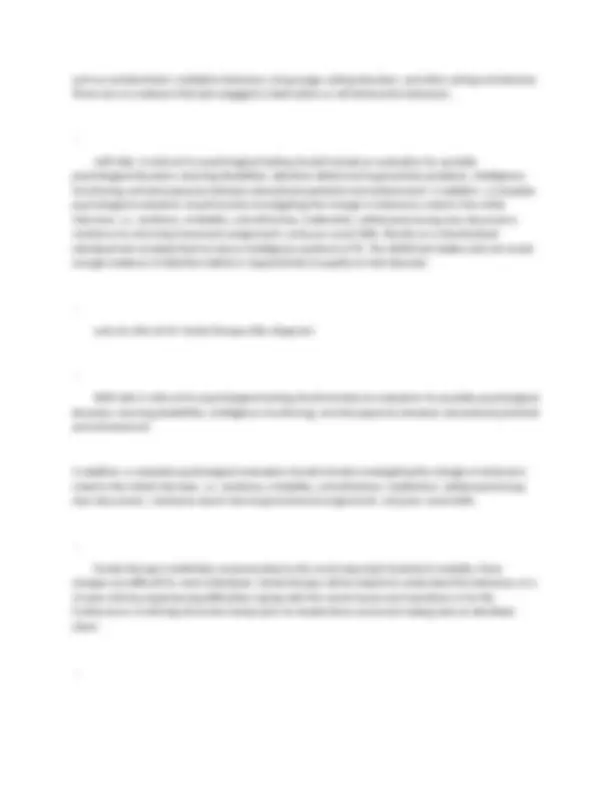
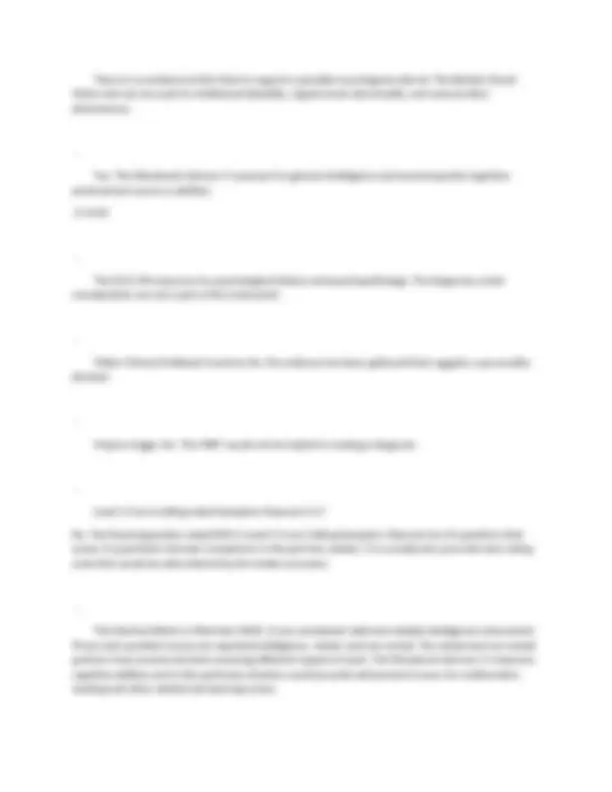
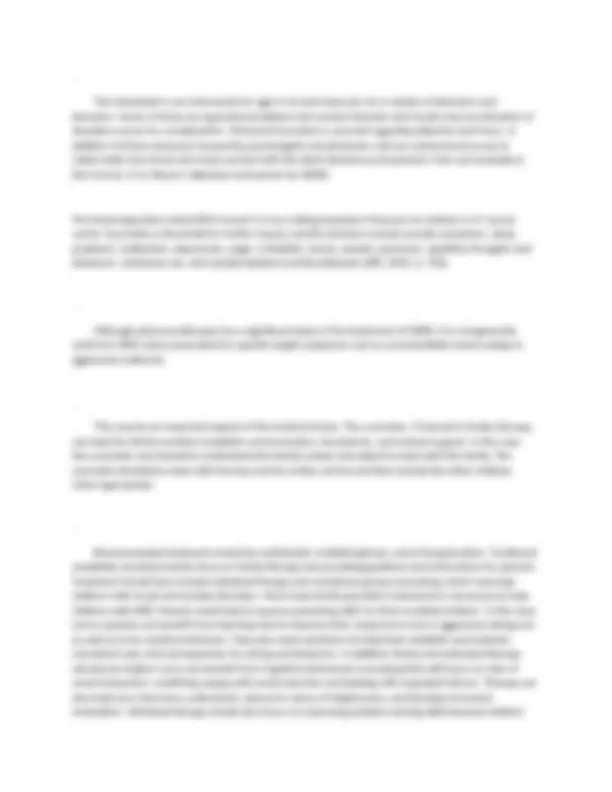
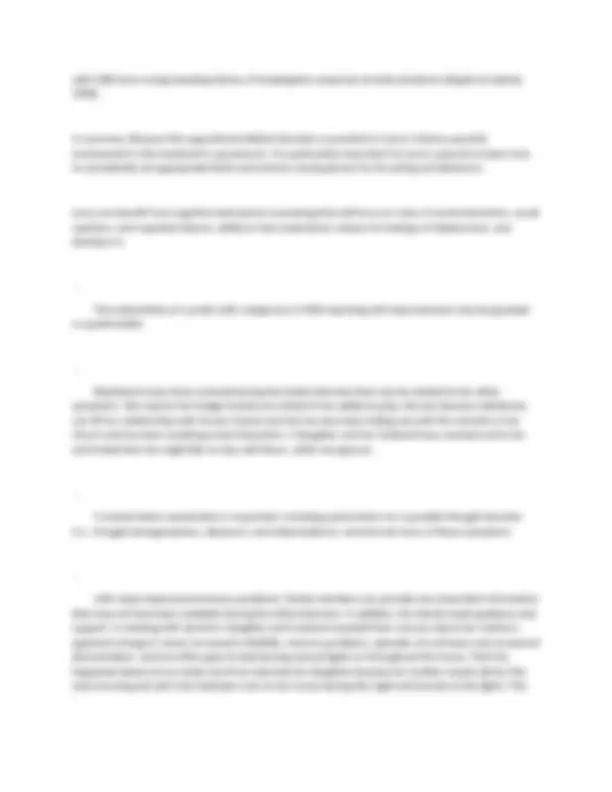
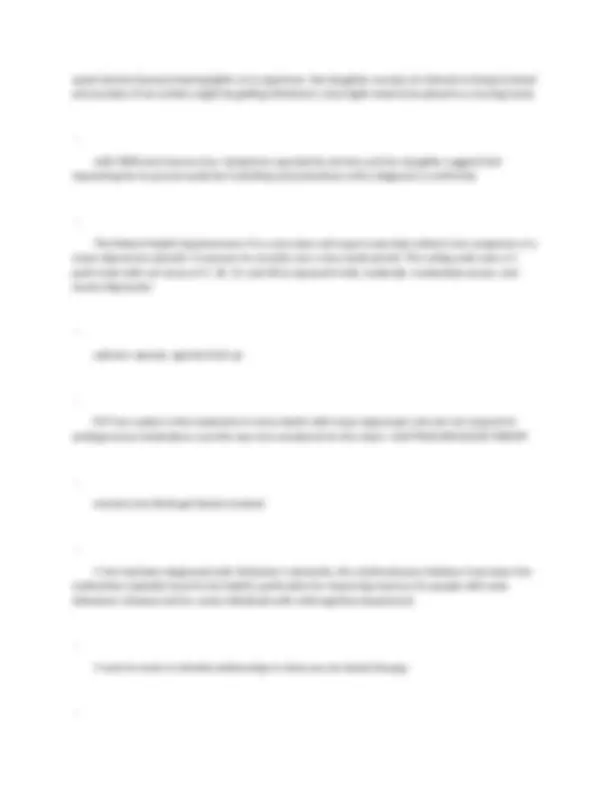
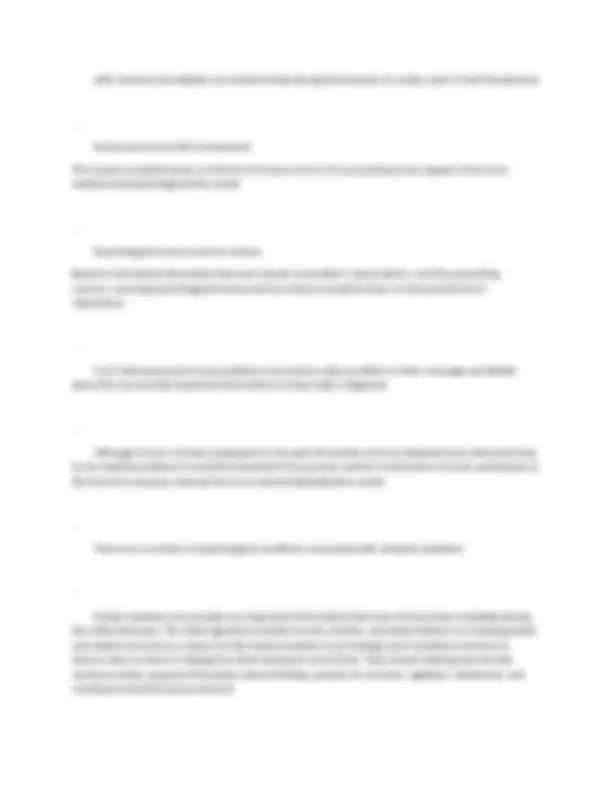
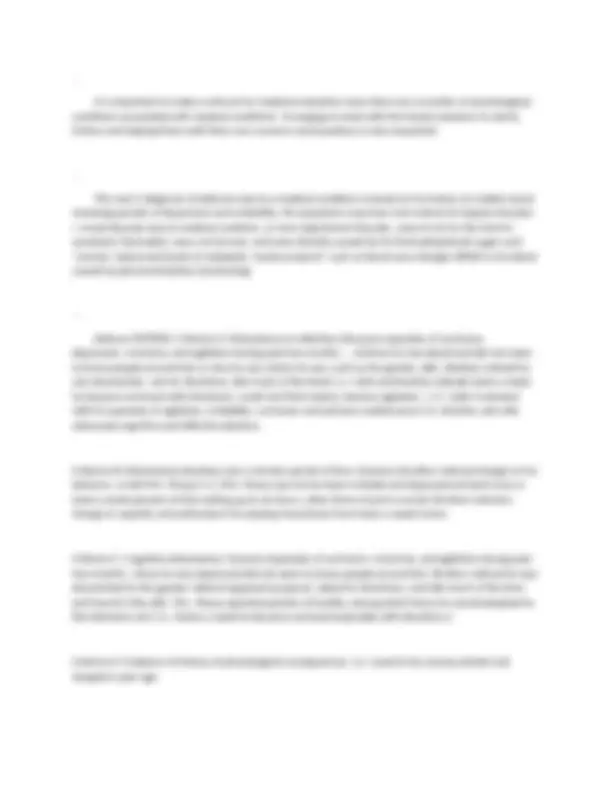
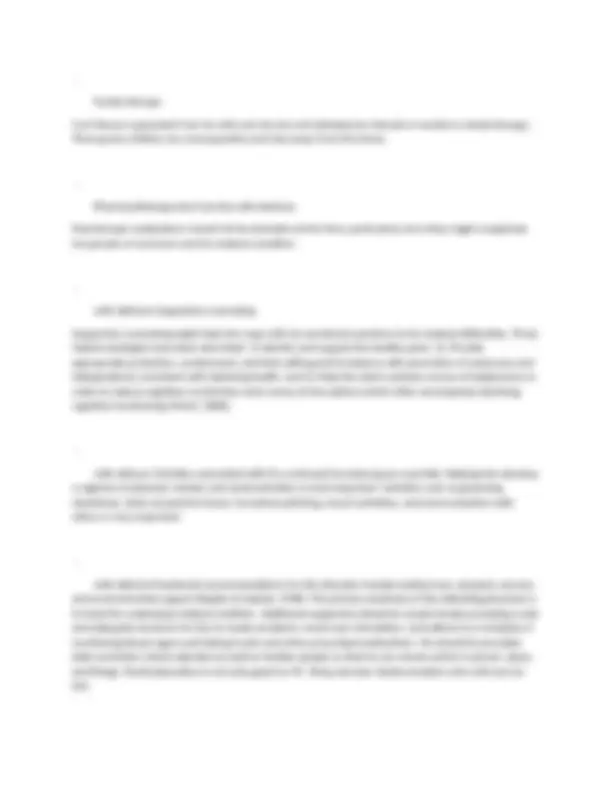
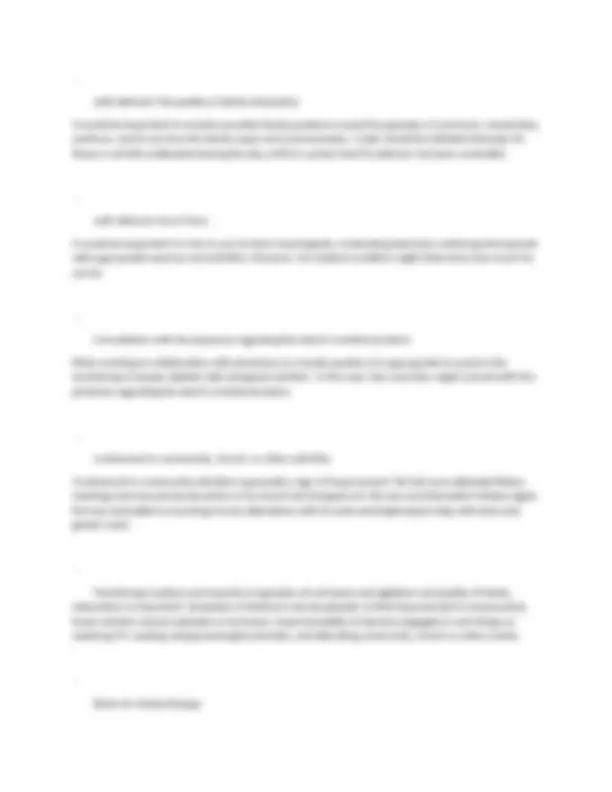
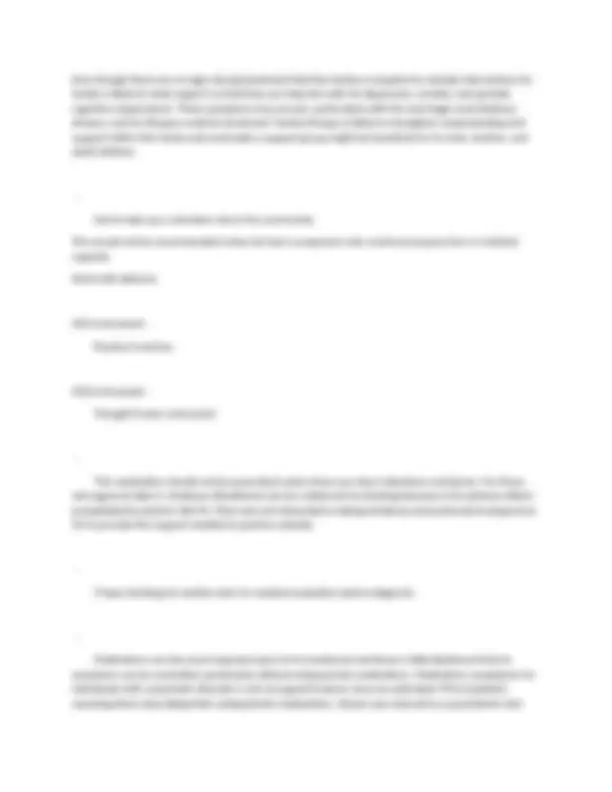
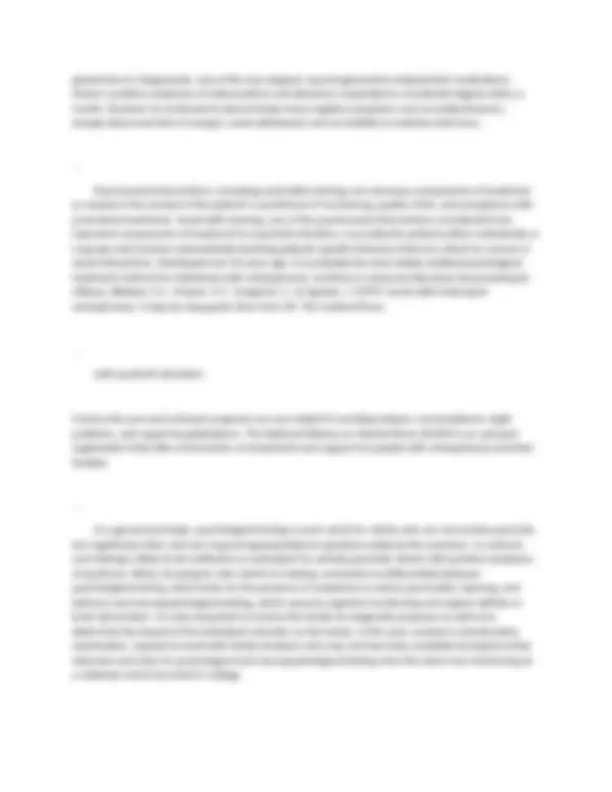
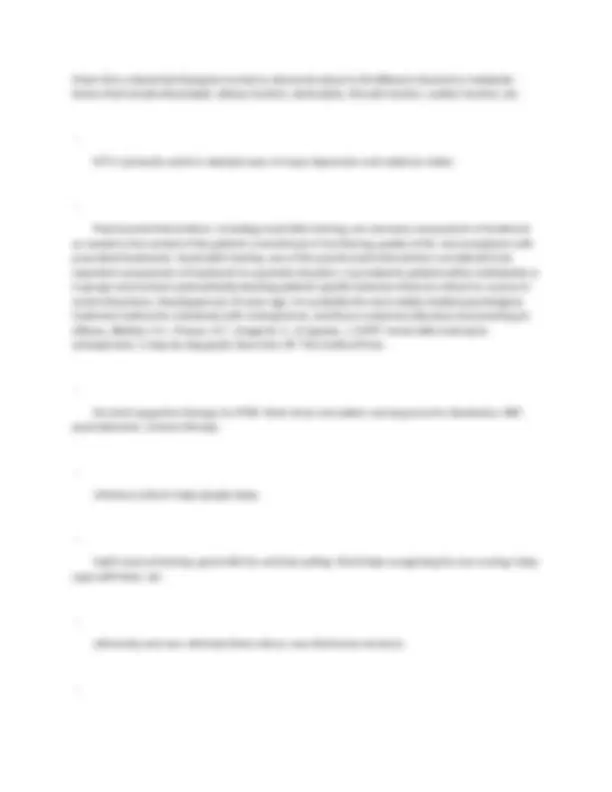
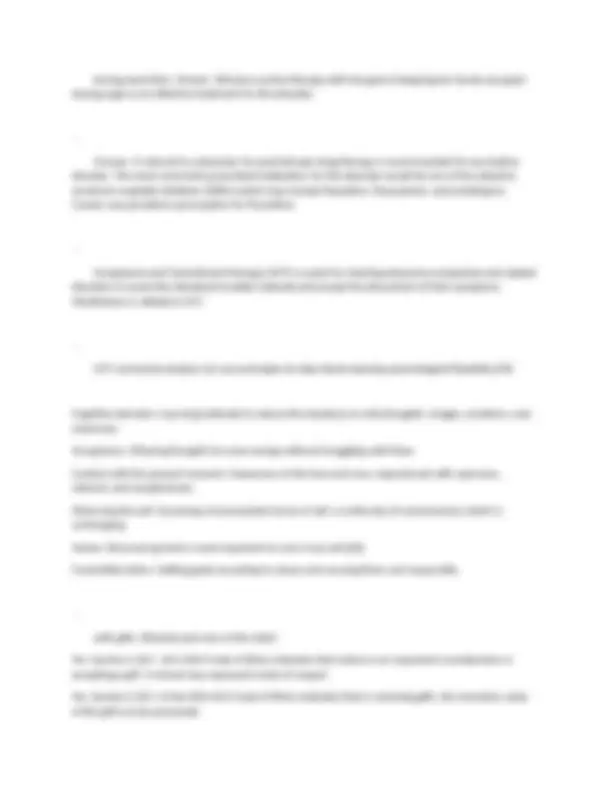
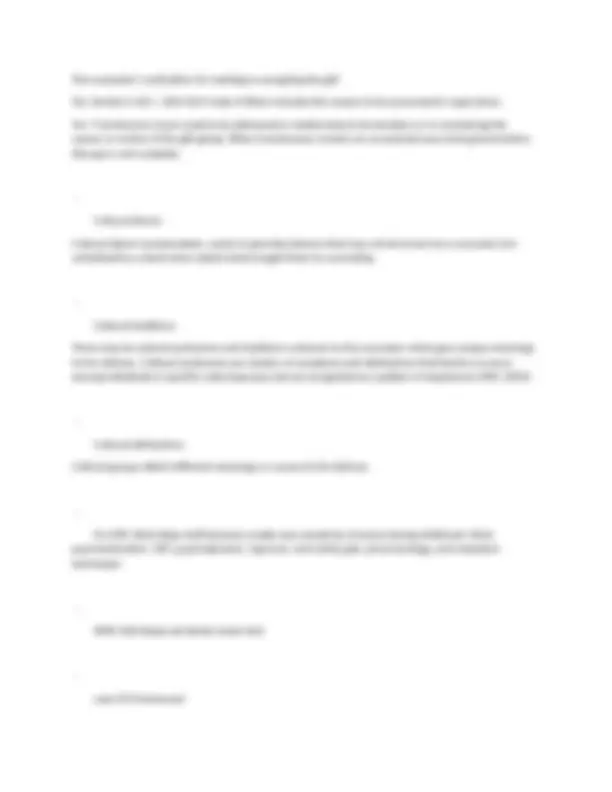
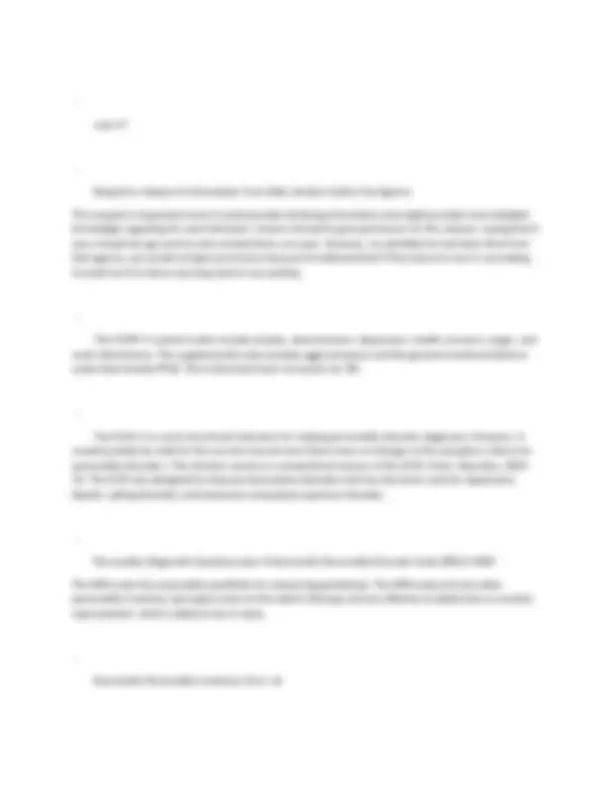
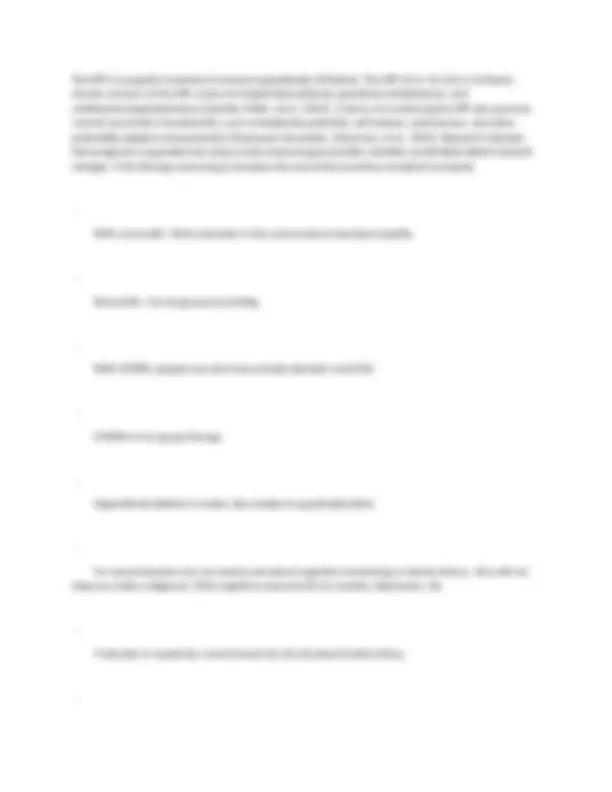



Study with the several resources on Docsity

Earn points by helping other students or get them with a premium plan


Prepare for your exams
Study with the several resources on Docsity

Earn points to download
Earn points by helping other students or get them with a premium plan
Community
Ask the community for help and clear up your study doubts
Discover the best universities in your country according to Docsity users
Free resources
Download our free guides on studying techniques, anxiety management strategies, and thesis advice from Docsity tutors
Tips and guidelines for mental health counselors to assess and diagnose clients with various mental health disorders. It covers topics such as cognitive functioning, job history, supportive psychotherapy, pharmacotherapy, mindfulness, and diagnosis. The document also includes information on differential diagnosis, medical history, legal/ethical issues, and custody mediation. It is a useful study set for mental health counselors preparing for the NCMHCE exam.
Typology: Exams
1 / 53

This page cannot be seen from the preview
Don't miss anything!














































Always read if loved one put something on assessment - Always read if loved one put/left you a note If there is an injury in the case study always look at medical history - Cognitive functioning must be evaluated in order to assess for the possible presence of disturbed cognitive processes associated with psychoses and abnormal content associated with mood or anxiety disorders. - However, there was abnormal cognitive content in the form of thoughts of helplessness, anxiety about her physical condition, and worry about the future. If the case study mentions job, or something happened at the job that lead to symptoms, you must inquire about it - Refer for medical evaluation question-always look to make sure they aren't already involved - Supportive psychotherapy is a type of intervention that emphasizes "ego-building" and is characterized by the use of interventions such as clarification (helping the client articulate something that is difficult to put into words), encouragement ("I want to encourage you to learn to access a computer"), empathic validation ("I can understand why you feel depressed about that"), advice and praise ("I am very pleased that you were able to set limits on those things that are hurtful for you"), and affirmation ("uh-huh" or "yes, I see what you mean"). Education and providing information can also be very supportive ("depression is often caused by inadequate neurotransmission of key chemicals in the brain"). - Only do pharmacotherapy if the symptoms are severe enough -
Mindfulness is a group-based therapy is weekly, each of 8 sessions last 2.5-3 hours and consists of exercises designed to raise consciousness and to anchor stressful thoughts in the present experience or moment. Two and a half to three hours might be too long initially but the therapy can be started once the therapist and client have processed the stress reduction benefits. See treatment discussion box after completing the scenario for more information. - at the end when it asks what recommendtaions should the counselor make during termination, be careful of the word "refer" - Do not refer for medication until a diagnosis has been made - After completing initial evaluation, and asks for recommendations, do not give strategies like supportive therapy - Formal testing, including the MMPI-II and Beck's Depression Inventory, may be helpful to ascertain the presence of hidden symptoms and the severity of symptoms. It does seem that a diagnosis can be made without additional costs since finances are a concern stated by Mary Jones. There has been no indication that Mary has personal psychological health benefits (insurance) or that her company has an associated health plan benefit. - Family history is always important, particularly to determine the possibility of a history of mood and anxiety disorders. - Referral for psychological testing with the MMPI-II was not recommended due to cost efficiency and that the diagnosis can be made without an additional expense. - Therapy recommendations are typically made after a diagnosis is confirmed.
Relationship evaluation may be good for treatment but not needed for diagnosis - slurred speech/crazy symptoms=get medical history - During provisional diagnosis page=can do beck inventory so that can do it later - With alcohol or drugs mentioned always ask for legal issues - With drugs or alcohol always ask for suicidal ideation/history/etc. - Research with this addiction scale suggests it may be a risk rather than an indicator (Nichols, 2001). A referral for the administration of the Minnesota Multiphasic Personality Inventory-2 (MMPI-2; MAC-R [Revised]), a subscale of the MMPI-2-Revised, has been successfully used to screen for alcohol abuse and dependent behaviors (DSM-IV) or alcohol use disorder (DSM-5). The MAST and the CAGE are two instruments that are not cost prohibitive and easy to administer one or more times by counselors who would find them to be within the scope of their practice. - The SCL-90-R is considered a screening tool; however, it is useful in assessment and is intended to pick up on psychological distress and psychopathology. A 'caseness' is determined when The Global Severity Index (GSI) T-score is 63 or greater or any of the nine scales reach that same T-score. The SCL-90-R scales include somatization, obsessive-compulsive, interpersonal sensitivity, depression, anxiety, hostility, phobic anxiety, paranoid ideation, and psychoticism. Caseness was not determined for Margaret Alcy on any of the SCL-90-R scales or the GSI. - Psychodrama is a powerful therapeutic tool, particularly to resolve emotional distress related to prior interpersonal conflicts. -
The standard treatment for alcohol abuse (dependency) or alcohol use disorder begins with the acute management of withdrawal symptoms in detoxification programs. This is followed by long-term management of dependence and prevention of relapse (Klerman et al., 1994). The client, if she agrees with the 12 step principles, should also be active in an AA 12-Step program. - with AoD to check for improved symptoms look at the following: - nature of relationships, AA attendance with AoD-termination recommendations - discontinue unhealthy relationships ALWAYS START WITH CBT Techniques on test and then move to others - On test after you are given symptoms, think what diagnosis do you think this is, and then choose a test for it - Minimally/plausible required is a right answer - off the symptoms, think what diagnosis, then ask questions based on what you think is right diagnosis - civic organization= community resources -
NEED 71%-get not indicated, relax, say stupid test, and re-read question - Anxiety disorders - Yoga and art therapy can help treat what Consider working and building rapport/trust with client prior to referral-exam favors this-real world should refer - If don't know culture or not familiar with diagnosis used in group or family therapy - Enactment therapy consult, discuss with supervisor, further assessments, review treatment plan-take steps - if don't reach goal in several weeks what do? could have adjustment disorder - pregnant woman who is struggling
Mental status exam does not assess for
when requesting for additional sessions form insurance company, identify items on treatment plan not identified and short term/cost effective interventions
If give an intervention, think what theory- for example, for termination they say give a list of Thougth stopping techniues...This is CBT so will probably be good
Ask about family history of mental history if suspect the following disorders: mood disorders, major depressive disorders, bipolar, schizophrenia, anxiety, adhd, personality disorders, and substance abuse past attempts, plan, depression, AoD, stressors, willingness to contract, plan, hopelessness, behaviors, health status, socialization - Assessing suicide risk threatened violence, name the individual, history of violence, reality testing, personality disorder, AoD usage, plan, means to carry it out, impulsivity, mental health issues - going to harm someone Choose the most risk adverse choices- ex. not okay to email - Legal/ethical issues
Read ethics B&F supervisor, supervisee, and client - triadic relationship
client does not meet supervisor for the exam
sleep laboratories - nightmares, sleep disordes are evaluated in neuroimaging like CT scans, MRI's - changes in cognition are evaluated with PET scans - used for diagnossing brain tumors, stroeks, and neuron damaging with things like dementia Mental Status exam - If there appears to be a major mood disorder, substance use, psychoses, and neurocognive disorder, ask for
screening instrument - Screening for avoidant personality inventory measuring low in domincance and affiliation screening instrument - Traumatic Events Screening Inventory screening instrument - Primary Care PTSD Screen Anxiety instrument - PROMIS Anxiety Anxiety instrument - Mood and Anxiety symptom Questionnaire Anxiety instrument - Genralized Anxiety Disorder Scale Anxiety instrument - Positive and Negative Disorder Scale Use an assessment - depression Use an assessment - oppositional defiant disorder Use an assessment -
14-18-borderline, depressed mood, eating disorders, homicidal behavior, manfest aggression, victimazation by incest, sleeping problems, phsycial disabilities, schizophrenia. - Minnesoate Multiphasic Personality Inventory Adolescent used for clinical decision making. ranges on age and was a pre-adolescent version (9-12) and the adolescent inventory (13-19). Used for anxiety, bipolar, manci, alcohol, dgrug dependence, ptsd, personality disorders, - Millon Clinical Multiaxal Inventory (MCMII-II) Mood questionnaire. characteristics of positive affect are high energy, ethusiams, and full conctrention, active, and alert. Negative affect charactersitics may be distress, anger, disgust, guilt, fear. - Positive Affect and Negative Affect Scales (PANAS) the Caps is considered one or two instruments most commonly used for assessing PTSD. - Clinican Administered PTSD Scale (CAPS) self-report chiecklist from the past month - PTSD Checklist measures severity of depression in adults and adolescents (13 and older) - BDI-II Beck Depression Inventory diagnose children and adolescents ages 4-18 with behavior problems. think disruptive and emotional scales, social withdrawal, ability deficits, physical deficits, and weak self-conficence, and attention and self control problems. parent and teacher forms are available. - Burk's Behavior Raiting Scale (BHRS-Revised)
Standford-Binet Intelligence Scale (5th ed.) six years to 16 years, 11 months while the WPPSI-II is two years six months to seven years three months. Intelligenc etest. - The Weschler Intelligence Scales (WISC-IV and WPPSI-II) there are four viersons of this test. parent's teachers can answer this form for the past two weeks. -self rated to identify depression in children. used for children ages 7-17. - Children's Depression Inventory (CDI) used to assess the level and nature of anxiety in children ages 6-9. - Revised Children's Manifest Anxiety Scale (RCMAS-2) Assesses for behavioral and emotional disorders in children ages 1.5 to 18, school age 6-18, and adults to age 90. - Achenbach System of Empirically Based Assessment (ASEBA) covers ages 6-18 and measures learning disabilities, attention disorders, traumatic brain injury, lead exposure, pervasive developmental disorders, depression, and other neurological pyshcoiatric and medical conditions - Behavior Rating Inventory of Executive Function (BRIEF) to evaluate the behavior and self-perceptions of children ages 6-11 one set for teachers and one for parents - Behavior Assessment System for Children Second Edition (BASC) ADHD index- think child behavior problems-think ages 6-18 - Conners 3 (parent, teachers, adolescent form) self-report screening tool for depression in adolescents 11-20. - Reynolds Adolescent Depression Scale (RADS-2)
14 y/o and older as a screening tool for depressive symptoms. - Center for Epidemologic Studies Depsression Scale (CES-D) diagnose children and adolescents 4-18 with behavior problems. - Burk's Behavior Rating Scale (BHRS) measures the severity of symptoms of individuals of all ages who have already been diagnosed with depression. - Hamilton Behavior Rating Scale for depression (HAM)
Hypnotherapy, when combined with cognitive-behavioral therapy, is a recognized treatment (Bryant, Moulds, Guthrie, & Nixon, 2005).
Within the context of an empathetic relationship brief focused psychotherapy is very effective when the focus is to help the rape survivor recall the facts as well as emotions related to the trauma and take action to restore her self-esteem. This kind of focus generally precipitates an abreactive re- experience of emotional distress that can lead to a higher level of integration and provide some meaning for the event within her current life situation and future goals. The therapeutic process should not omit to support the client to report the crime to authorities if she has not already done so
case scenario 3